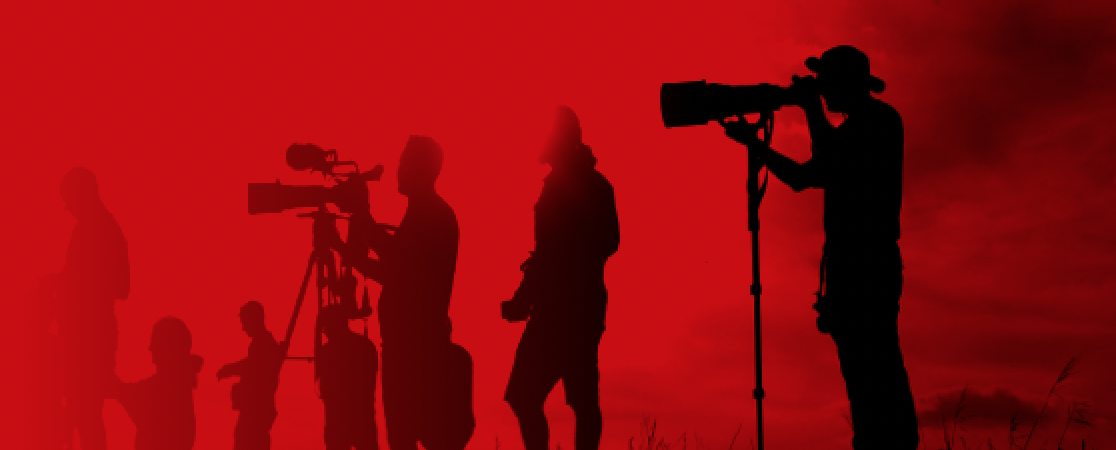Details
Afghan journalists have heard this before. In December 2014, Afghanistan’s chief executive officer, Abdullah Abdullah,
pledged decisive action to protect journalists from attack and to prosecute those responsible for such crimes. Yet the attacks have continued.
Still, the decree signals official support for the country’s media in the wake of recent targeted killings of journalists. A January 20 suicide
attack on a minibus in Kabul killed seven journalists affiliated with Tolo TV, an entertainment channel affiliated with Tolo News,
Afghanistan’s first 24-hour news channel. The Taliban claimed responsibility for the attack, which it described in a
statement as “revenge” for “false allegations” made against the insurgent group. Ten days later, unidentified gunmen in Nangarhar province
killed Afghanistan National TV and Radio network reporter Haji Mohammad Zubair Khaksar. Khaksar’s murder followed a series of
threats against journalists in the area issued by a radio station linked to local insurgents who claim affiliation with the armed group Islamic State, also known as ISIS.
Ghani’s decree constitutes a symbolic challenge to such killings. But if he’s serious about protecting media freedom, he needs to muster the political will to stop threats and attacks on Afghan journalists by pro-government forces. The most recent
statistics from the Afghan Journalists Safety Committee, an independent monitoring organization, indicate that government officials and pro-government individuals and groups continue to be responsible for the vast majority of the threats and violence against journalists. Apart from rare
exceptions, the Afghan government has
failed to investigate or prosecute incidentsof
violence against journalists. The government has also
significantly restricted the media,
unlawfully interrogated journalists, and
blocked them from reporting from certain areas. The presidential decree doesn’t explicitly note the prevalence of such abuses. But it commits “the defense and security organs” to training their personnel on “the rights and obligations of the relevant institutions and the rules of appropriate behavior with media workers,” without providing any specific details.
Ghani should make sure his government investigates attacks on journalists and prosecutes those implicated. The government should also work with Afghan journalists, media organizations, and media monitoring groups to establish a mechanism for journalists to report threats and violence against them.
These measures are no panacea for the perils facing Afghan journalists. But they’ll signal that the government is firmly on the side of protecting media freedom, rather than undermining it.
